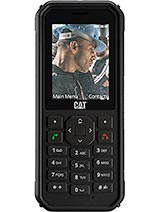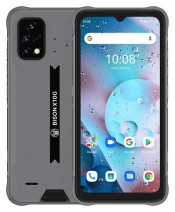IP69 resistance certification devices
List of devices with IP69 resistance certification
The degree of IP protection included in some mobile phones, watches or tablets indicates the level of protection that the electronic device offers to the access of particles such as dust and liquids, both when immersing them and when subjecting them to pressure jets. This degree of protection refers to the international standard CEI 60529 Degrees of Protection.
In this way, the degree of protection that a device has against dust and water can be easily identified regardless of the country of manufacture or sale of the device. Currently there are few devices with the IP69 degree of protection since the previous protections (IP67 and IP68) are sufficient for most consumers, devices with IP69 or IP69K protection are mainly intended for professional use.
The two digits that follow the initials IP indicate in the case of the first digit the degree of protection against solids and the second digit the protection against liquids.
Therefore, the higher these two numbers, the higher the protection of the device against solids and liquids.
It must be taken into account that no manufacturer offers a guarantee against liquids and dust since this degree of protection is only guaranteed when the device leaves the factory, this is due to the fact that with the passage of time, use and possible falls the Protection can be degraded or lost entirely. Nor can they offer a guarantee in the case of devices that have been opened to replace a part such as the battery or the screen glass since this protection is carried out by sealing the device.
In the case of IP69 the protection against solids is the highest currently available, grade 6 indicates "Total protection or watertightness". While the protection of the IP69 standard against liquids is 9 which indicates "Protected against short-range jets at high pressure and high temperature." and the manufacturer must indicate the time and depth that it supports with this level of tightness.


















